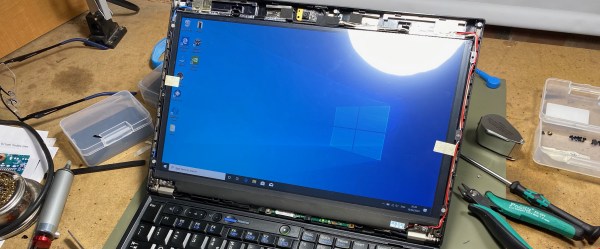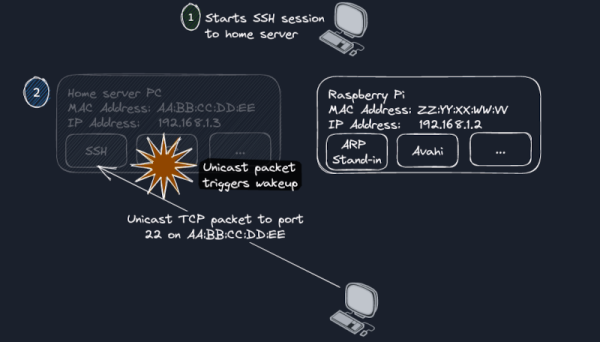Today, anyone can shoot video because cameras are cheap and readily available. But if you want to do fancy Hollywood-style moving shots, you’ll need somebody to point the thing — or a machine to do it for you. [Giovanni Aggiustatutto] went the latter route with this mechanized pan-tilt build.
The build relies on stepper motors for clean and accurate movement on both axes. Belt drives are used to step down the output of the motors for greater torque. The pan-tilt mechanism itself is built from a combination of 3D printed parts paired with wooden components and a pair of aluminium tubes for rigidity. The whole assembly comes with a standard mount for use with a regular tripod. An Arduino Uno runs the show, using TMC2208 stepper drivers to command the motors. A control pad featuring a joystick and buttons is used for control, with an LCD to provide useful feedback to the user.
Pan-tilt systems are more typically used for security purposes, but we like the application to creative work here.
Continue reading “Building A Motorized Pan Tilt Rig For Filming”















